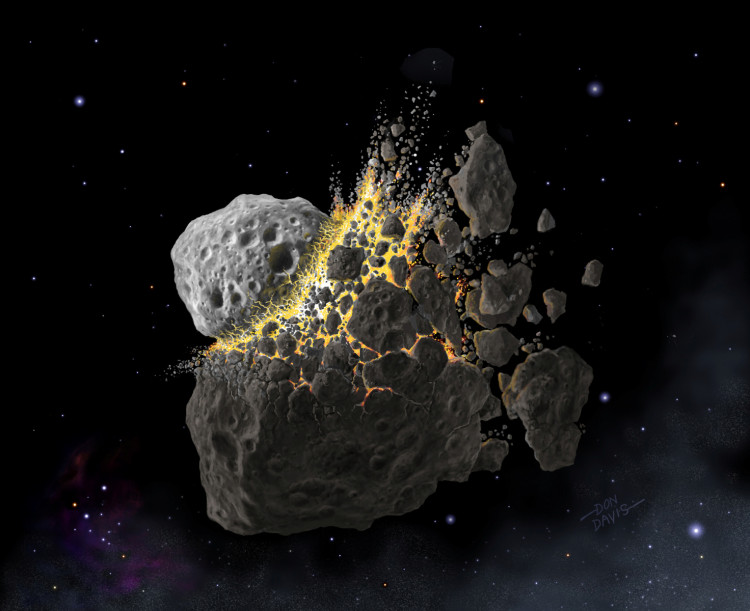The unfaltering observations of astronomers have led to the discovery of over 4,150 exoplanets -- worlds found orbiting other stars. Most of these exoplanets were discovered when they passed through in front of their stars, or indirectly. So far, only 50 of these other worlds were identified directly through a telescope.
It was 2008 when direct imaging of an exoplanet was announced -- an incredible feat achieved thanks to the discovery of several worlds orbiting the star HR 8799 using ground-based telescopes, and a lone exoplanet traversing around the Fomalhaut star observed through the Hubble Space Telescope.
Fomahault's solitary planet was named Fomalhaut b, which upon its discovery appeared to three Jupiters big. But now, a new study suggests that the massive exoplanet was never, in fact, a planet after all.
Fomahault's status as a planet has been a subject of debates since 2004. Although visible in optical light, researchers couldn't find the infrared signature a planet that size should create. As a result, Fomalhaut b's true identity has remained enigmatic.
In 2014, University of Arizona astronomer András Gáspár was looking at Hubble's images of the Fomalhaut system when he discovered that its one and only planet was nowhere to be found. Fomalhaut b has gone missing. The scientist flicked forward in time using the original 2004 and 2006 Hubble images and noticed that the exoplanet appeared to have expanded and faded away.
Dr. Gáspár and fellow astronomer George H. Rieke attempted to reproduce Hubble's observations using computer models to emulate scenarios. Both scientists hypothesized that Fomalhaut b is merely a cloud of debris left behind following the clashing of two 120-mile-long asteroids, which eventually drifted apart in the ensuing decade. Their study was published Monday in the Proceedings of the National Academy of Sciences.
The new finding needs to be confirmed before scientists can formally announce the status of Fomalhaut b, using the long-delayed James Webb Space Telescope and future observations from Hubble. Fomalhaut has been called the Loneliest Star by astronomers due to its solitary planet, but now the nickname has become more apt especially if it's proven that Fomalhaut b is nothing but remains of two asteroids colliding.
Fomalhaut is 25 light-years away from our solar system, is twice bigger, and 16 times brighter than our Sun. Its brightness made Fomalhaut b extremely difficult to spot and is in fact, "one of the most difficult detections in the history of exoplanet science," its discoverer, Dr. Paul Kalas said.





